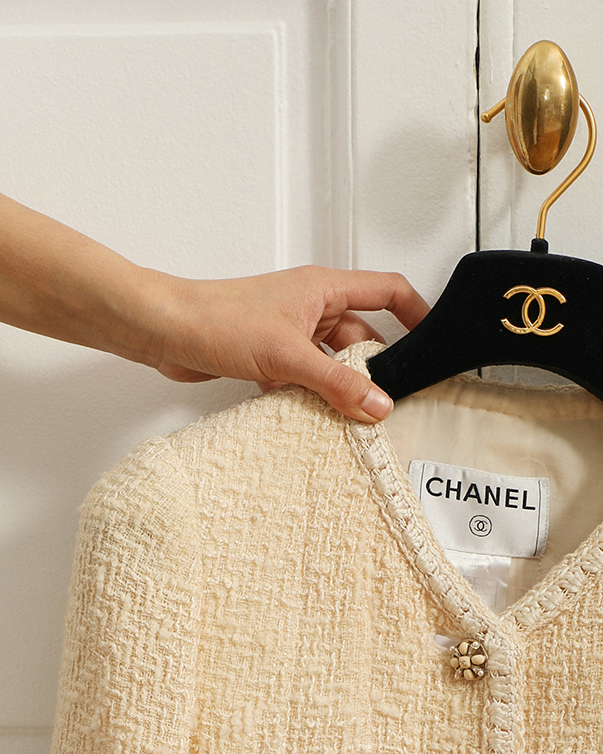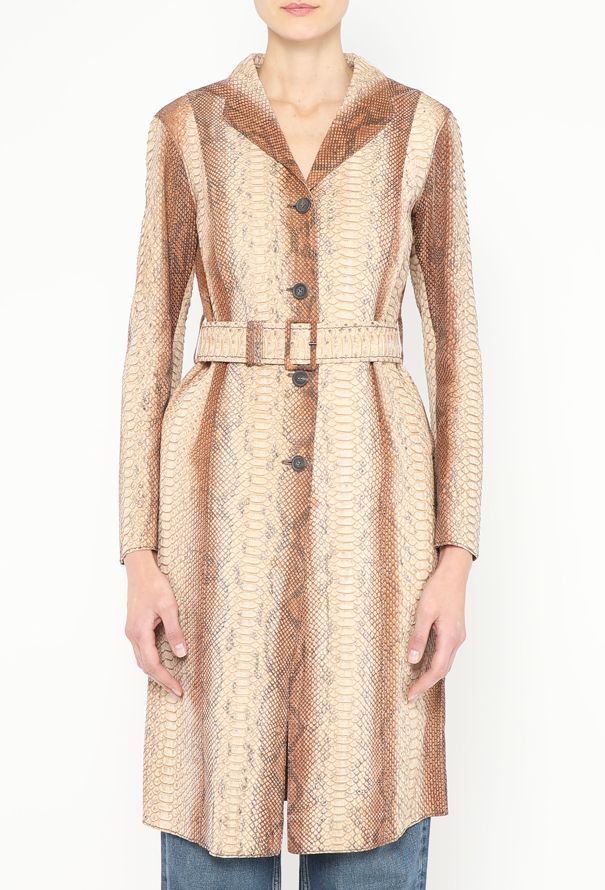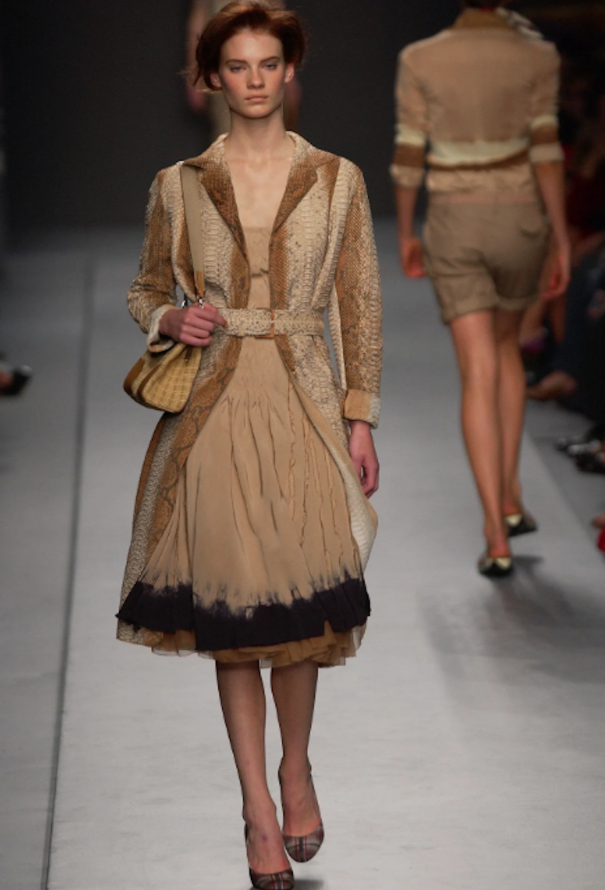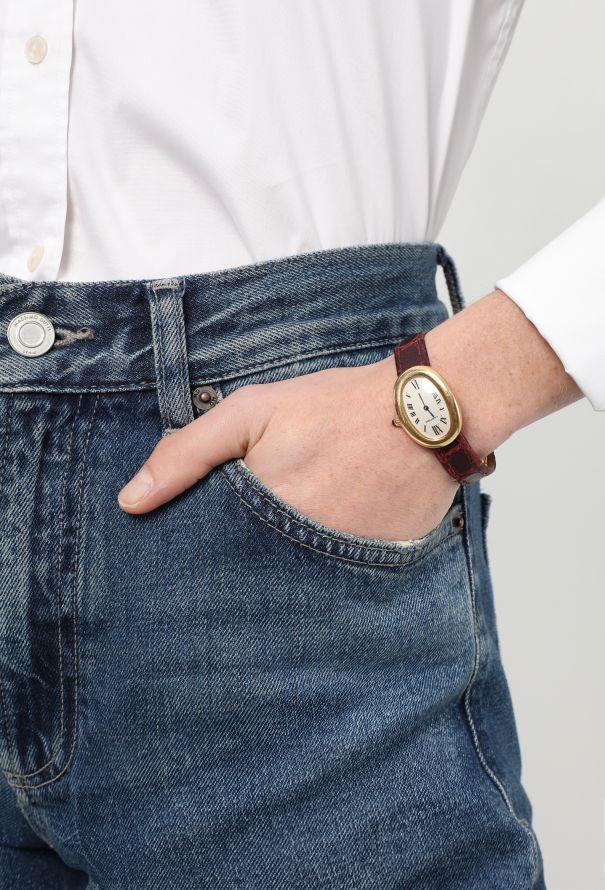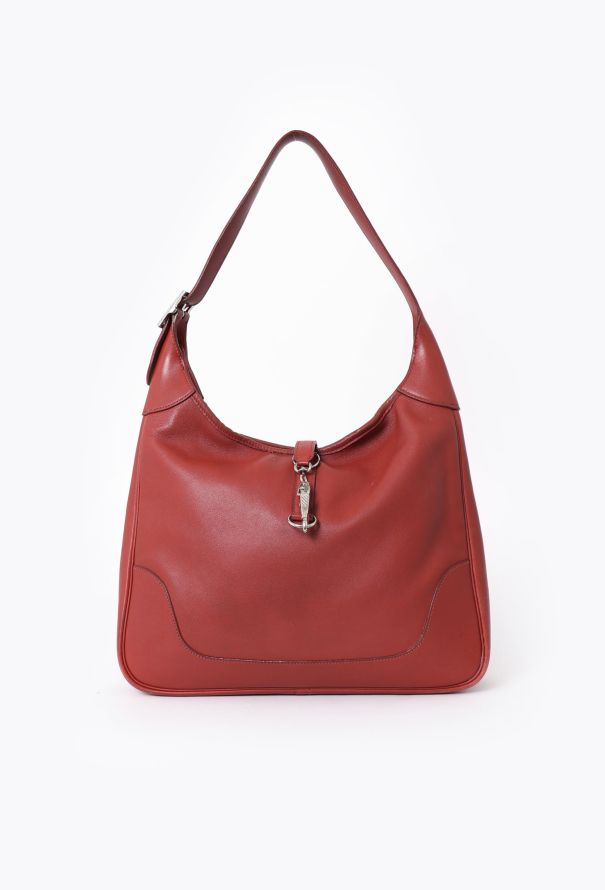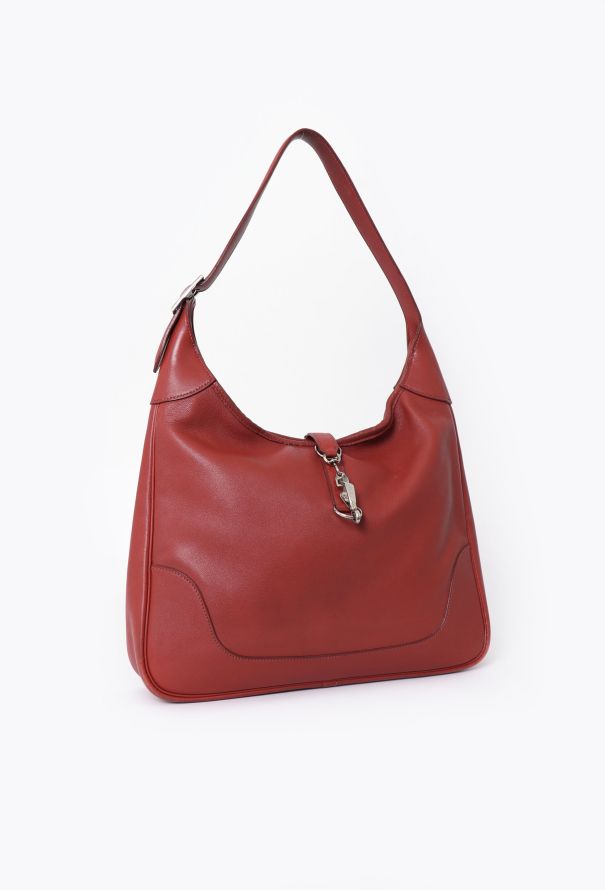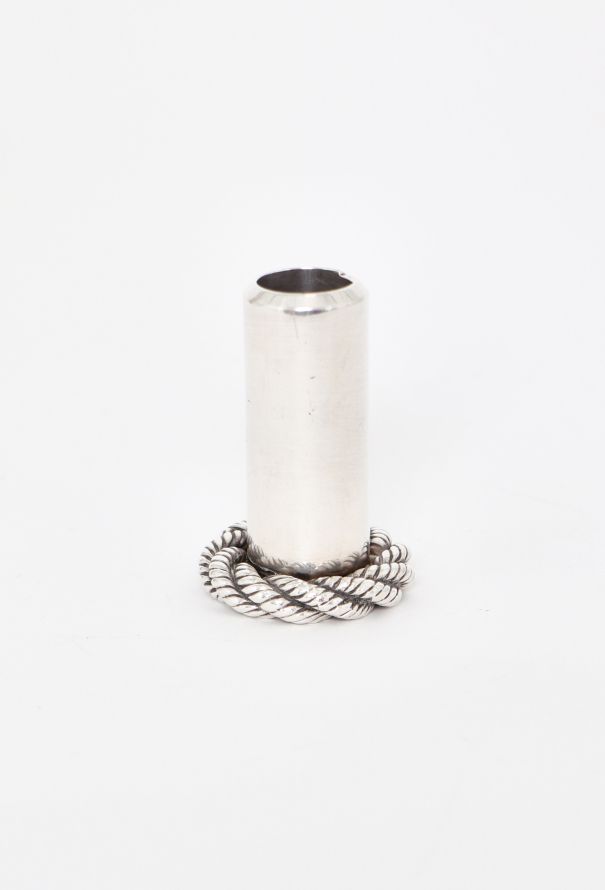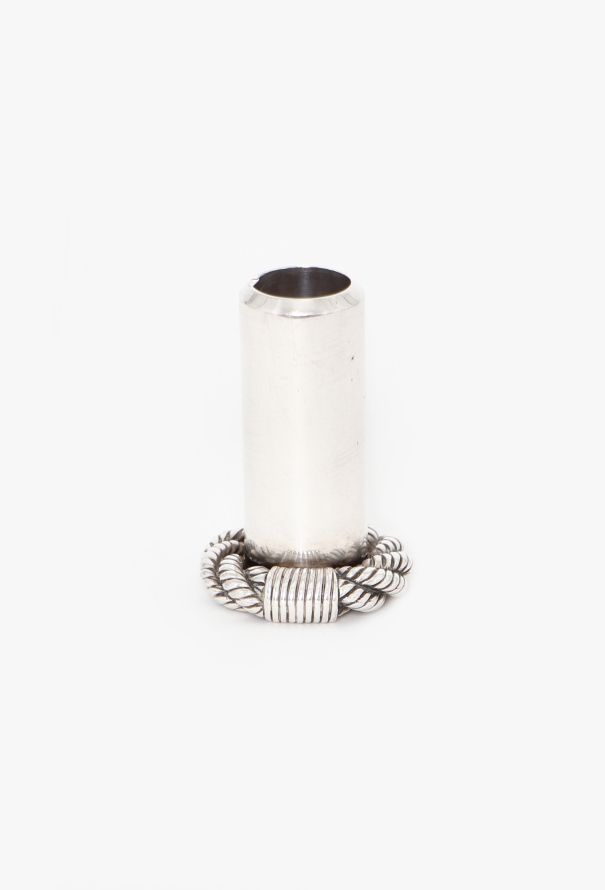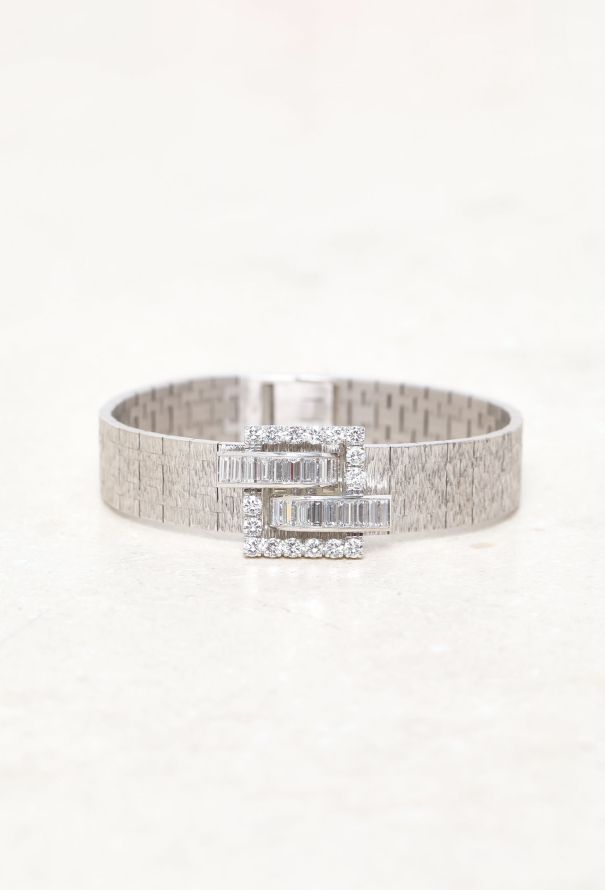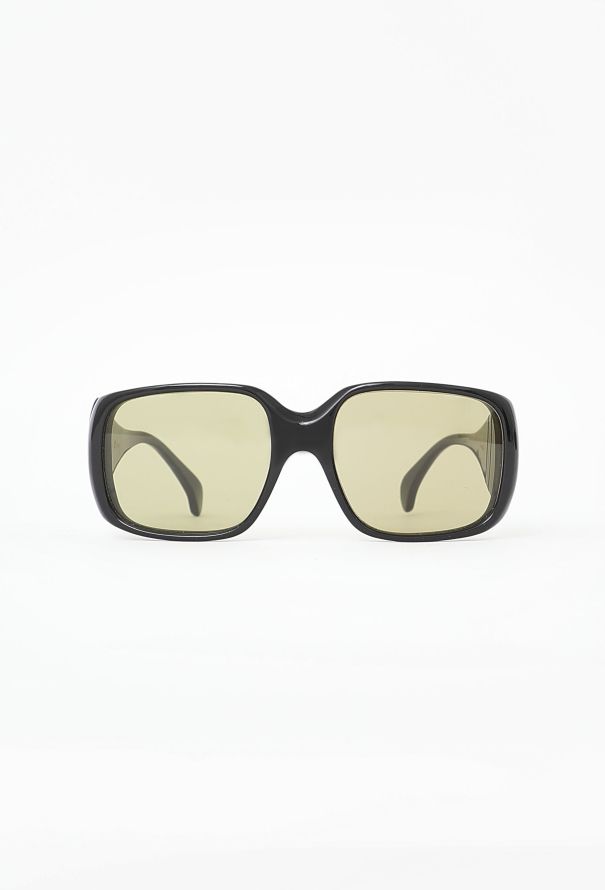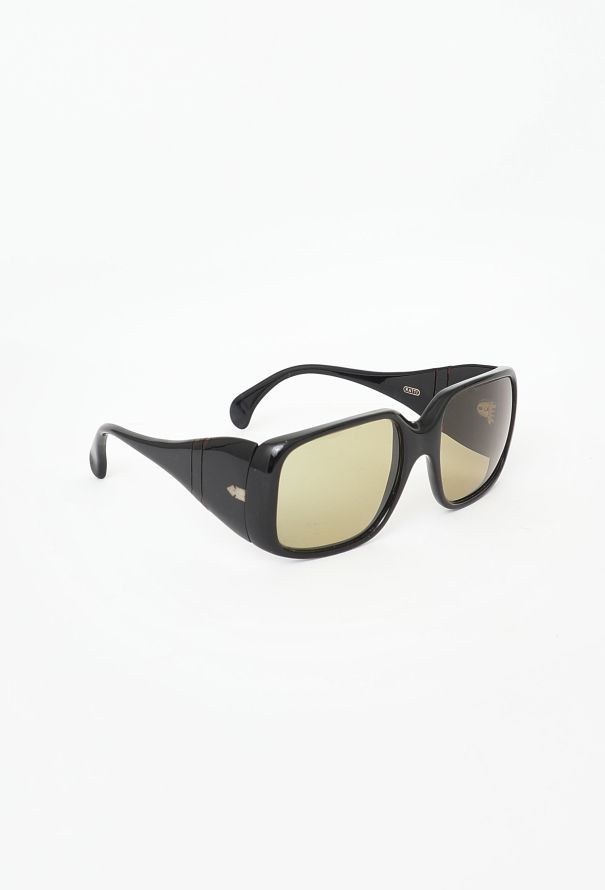The Style Series: Nina Runsdorf

Photo credits: Nina's Private Instagram
“I’ve always felt that clothing is the canvas for accessories,” says the fine jewelry designer and collector Nina Runsdorf. Though her boxes brim with bijouterie of her own making — she carved her first pieces in the kitchen of her family’s upstate New York farm at the age of 12 — she nevertheless continues to seek out extraordinary treasures from eras past, be it a Tiffany & Co. leather cuff wristwatch or an emerald-topped Yves Klein-blue snake bracelet. “I love pieces that no one’s really seen before,” she muses.
Below, Runsdorf discusses her four-decade-plus career, from buying antique furniture for Ralph Lauren in the ’80s to her foray into Manhattan’s Diamond District, and why vintage remains the greatest thrill of all.
Have you always been interested in fashion?
I was born in New York City, but, when I was eight, my parents decided to drop out and move to our country home on a farm in upstate New York. There was not a lot to do there. Like, we were counting cars. My mother was extremely creative — she had a clothing company and a handbag company when I was young — and my parents had painters and sculptors and designers and musicians and architects around us all the time. She knew I loved fashion, even from a very young age. I’d go to the supermarket with her in Greenville, New York, and ask, Mom, can we buy this magazine? Even if it was Glamour. It didn’t matter. [At home] she’d say, ‘Nina, go outside and play.’ And I’d be like, No. I wanted to put clothes together on my bed and play with her jewelry and her shoes…
As kids, we were allowed a half an hour of TV a day, which was always I Love Lucy. When I was 11, she put a jewelry bench in the kitchen, so when that was done, I would sit at the bench and make jewelry. She would bring me to New York to take lessons from somebody she knew, who taught me the lost-wax process and how to carve, and solder, and polish. I had all the equipment in our kitchen.
When did you begin to consider jewelry as a career?
At college, I started making fun jewelry out of wire to make extra cash. When I graduated, I said to my sister, Ann, who had a job at a Spanish television company, Let’s start a jewelry line. We called it Niana.
In those years, Henri Bendel had this line that new designers waited in, but my mom said, ‘The hell with it. Just go into Bergdorf’s and show them.’ So, I went to the counter, and the woman was like, ‘Oh my god, let me get the buyer.’ We ended up landing our first collection there. And we were in the catalog. I still have our samples.
Before launching your own company in 2005, you worked for a number of fashion brands. Tell me about those years.
One day my mother called at like 11 a.m. and said, ‘I can’t believe you’re still sleeping… I think it’s time for you to go get a job.’ So Niana ended. [Soon after] I was trying on men’s blazers at Ralph Lauren on 72nd Street, and a man, who turned out to be [executive sales associate] Richard Schinto, came up to me and asked me if I wanted a job. He hired me, and I started in the men’s Roughwear department.
When I was 23 or 24, Ralph had the idea to do the Country Store, which he asked me to fill with antique furniture. So, I got a U-Haul and picked up my mother. Because she had filled the farm with antiques, we knew all the dealers upstate and where everything was hidden. We spent six months buying all of the things that he needed.
How did you eventually return to accessories?
I didn’t like Roughwear, so they moved me into the vintage jewelry area, which was run by Dina Cohen. She started to teach me about collecting vintage jewelry, but I already knew from my mother that it was all about the hunt and the history. [When I was a kid] she and I went to all the local auctions and fairs every weekend just to hunt for beautiful things, whether it was jewelry or furniture or vases.
Later, I started to make these bracelets, which Dina sent to some women who worked for Mickey Drexler, the CEO of Gap [which owned Banana Republic]. I ended up getting a job offer to be the accessories director for Banana Republic. I said yes, again not really knowing what I was doing but just following my gut. After two-and-a-half years there, I went to be the fashion director for Wathne, which was based on the three Icelandic sisters’ lifestyles. It was kind of like if you took Ralph Lauren, Hermès, fishing, hunting, and hot air balloons and put it all into one company. For ten years, I traveled the world and helped them build the brand.
After having my children, though, I couldn’t work the long hours anymore and wanted a more flexible schedule. My father-in-law, who was in the diamond industry, said, ‘Come work for me on 47th Street and learn the diamond trade.’ My brand was born in 2005.
Why are you drawn to jewelry?
I love accessories, period. And I grew up with a mother who had a passion for jewelry. I’ve always felt that clothing is the canvas for accessories. Jewelry can be so unique — and it’s so personal. A person’s personality often comes out through what they wear, and jewelry has a very, very big impact on that.
Do you look to jewelry from the past for inspiration?
Even though my collections can be modern, they always have a sense of heritage, a sense that it’s come from a vintage store or has been handed down from generation to generation. All of my collections somehow feel like they’ve come from somewhere else.
Do you collect vintage jewelry for your own wear?
I have a lot of vintage jewelry. I love unique, one-of-a-kind pieces. I have this amazing Nardi snake bracelet in Yves Klein blue with a giant emerald on its head. I collect watches, too. I have a vintage Cartier Riviera — it just doesn’t look like a normal Riviera — and an extraordinary Tiffany & Co. black leather cuff watch, which I found at an antique fair in Paris 25 years ago. I’ve never seen another one.
What advice do you have for someone new to vintage jewelry?
The most important thing is that you love it. If it makes you feel good and you feel fabulous in it and you can afford it, you should have it. It’s the same with collecting art: it’s not about whether it will go up in value; you just have to love it and want to live with it and not worry about its worth later on. To collect is to love — not to sell.
In general, I would say that if you see something that sticks with you for a few days, then go back and get it, but, at an auction, you don’t have time to walk away; it has to be a gut reaction, or else you’ll lose it to someone else. These days, though, you can do research to make sure that you’re not overpaying and being taken advantage of.
Are you also drawn to vintage clothing?
Vintage has had a huge impact on what I do in every area of my life. Even with clothing, I always look for vintage. Not only am I drawn to the hunt and the story behind vintage pieces, but also they were better made and the silhouettes and materials were often more interesting.
Last week, I went with my daughter Alexa to a vintage fair. I’ve been searching for the perfect cheetah-print coat, which is a classic to me, but, in general, I don’t go looking for a specific thing; it’s more about the hunt and finding a piece that really knocks my socks off. We’re always looking for something that is just extraordinary. I didn’t buy anything this time, but, in Marrakech a few months ago, I got a vintage YSL black suede jacket, which I thought was pretty different and remarkable. I buy things that I haven’t seen before.
What are some of the vintage highlights in your wardrobe?
A Phoebe Philo [Fall 2018] gray blanket coat with writing on it is something that I’ll have for the rest of my life. I’m actually wearing a vintage button down by Céline — from way before Phoebe — right now. It’s got to be 30 years old.
I never ever sell my vintage pieces; I keep them or give them to my two daughters. I’ve been collecting since my early twenties — whatever I could afford, honestly. Luckily, now I can see all the beautiful new things at Chloé, for example, and go back into my closet to find a [similar] piece from years ago. I love the fact that fashion is cyclical, that things come and go. If it’s really good, it always comes back.
What are some of the pieces that you’ve passed onto your daughters?
I just moved from the house that I lived in for 30 years. I couldn’t move everything, so they took a lot of stuff. I don’t have an open-closet policy, but they are allowed to borrow what I currently have! Yesterday, Alexa came in and said, ’Mom, do you recognize this blouse?’ And I said, Of course I do! It was a Gucci top of mine from 25 years ago, which she had mixed with all of her new things. Or Kate will send me a picture of herself wearing my old Missoni. I know it sounds crazy, but that’s my favorite thing. It just makes me feel so good.
SHOP NINA'S SELECTION
At ReSee, every one of our vintage pieces comes with a story. This is, in large part, thanks to our unmatched community of consignors.
Though parting with such sartorial treasures may not be easy, the exceptional personal care we put into ensuring that they will go on to live a second (or, sometimes even, a third, fourth, or fifth) life offers a thrill — one rivaled only by that of the besotted shopper who adds them to her wardrobe.
Sell with us